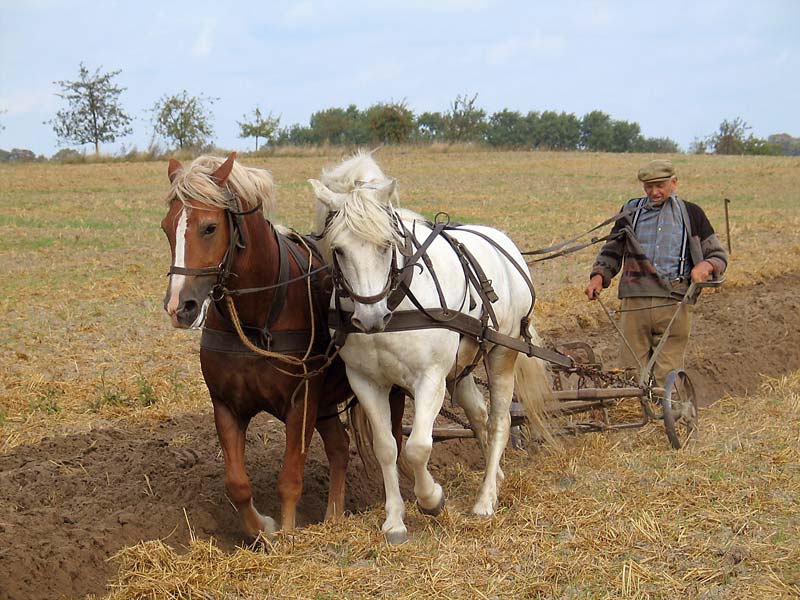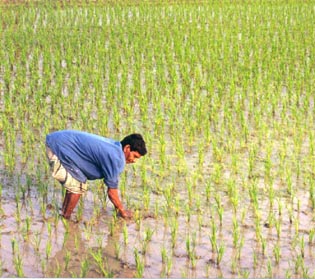Animal Agriculture Poses a Substantial Challenge: How Should We Dispose of Billions of Tons of Manure?
 In the United States, farm animals produce somewhere between 10 to 130 times as much manure as humans -- 5 tons of waste for every United States citizen. Warren Cohen & Phillip J. Longman, United States Deep in Manure, 124(1) U.S. News & World Report (1998). Disposing of this animal manure without harming the environment, threatening public health, and creating nuisances for rural communities poses a substantial challenge. The challenge has been heightened in the past few decades by a rapid trend towards producing hogs, poultry, and other livestock in large feedlots (also called "animal confinement operations"). Between 1992 and 2002, the average number of hogs per hog farm more than doubled -- increasing from 301 to 766. United States Census of Agriculture (2002). Similar increases have occurred in the poultry and cattle industries.
In the United States, farm animals produce somewhere between 10 to 130 times as much manure as humans -- 5 tons of waste for every United States citizen. Warren Cohen & Phillip J. Longman, United States Deep in Manure, 124(1) U.S. News & World Report (1998). Disposing of this animal manure without harming the environment, threatening public health, and creating nuisances for rural communities poses a substantial challenge. The challenge has been heightened in the past few decades by a rapid trend towards producing hogs, poultry, and other livestock in large feedlots (also called "animal confinement operations"). Between 1992 and 2002, the average number of hogs per hog farm more than doubled -- increasing from 301 to 766. United States Census of Agriculture (2002). Similar increases have occurred in the poultry and cattle industries.As large confinement operations replace small confinement operations and open feedlots, manure production is increasingly concentrated. While it is often cost effective for small livestock operations to use manure as a source of fertilizer for crops, it is generally not cost effective for large livestock operations to do so. Nyle C. Brady & Ray R. Weil, Elements of the Nature and Property of Soils 445 (12th ed. Prentice Hall, Inc., 2000). Large confinement operations generally view manure as a waste product, rather than a resource. Id. These large operations dispose of manure by applying it to adjacent land at rates that far exceed the rates at which the manure's nutrients can be used by plants. William D. McBride & Nigel Key, Economic and Structural Relationships in U.S. Hog Production (Economics Research Service, U.S. Department of Agriculture. Agricultural Economics Report No. 818, 2003).
When feedlot operators over-apply manure to adjacent land, excess nutrients and other pollutants (pathogens, hormones, salts, etc.) accumulate in soil and are transported to lakes, streams, and aquifers. The introduction of nutrients and pollutants to lakes, streams, and aquifers, increases algal and aquatic weed growth, makes lakes and streams foul smelling and unattractive for swimming and boating, and poses health risks to infants and livestock. In addition to impairing water quality, feedlots emit noxious odors, attract pests, and emit air pollutants (e.g. volatile organic compounds (VOCs), hydrogen sulfide (H2S), ammonia (NH3), and particulate matter (TSP, PM10, and PM2.5)).
In future posts, I plan to discuss the federal government's efforts to address the environmental and public health threats posed by animal feedlots.










0 Comments:
Post a Comment
<< Home